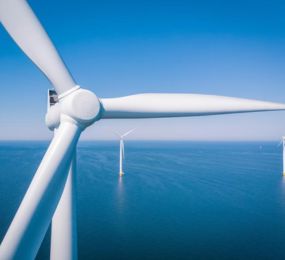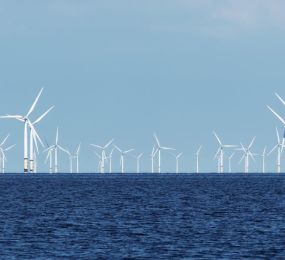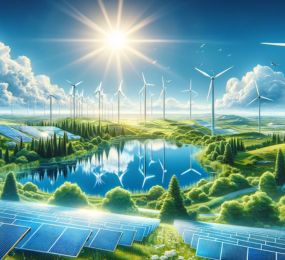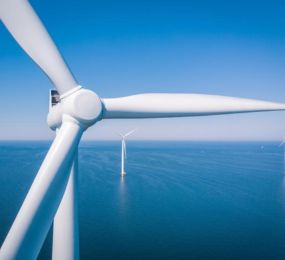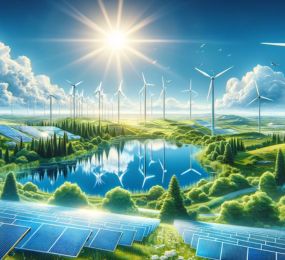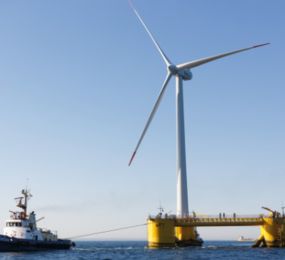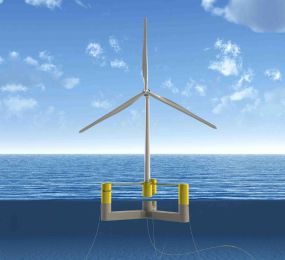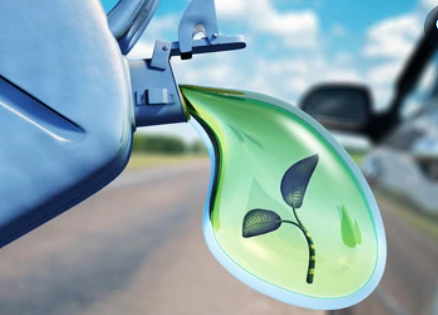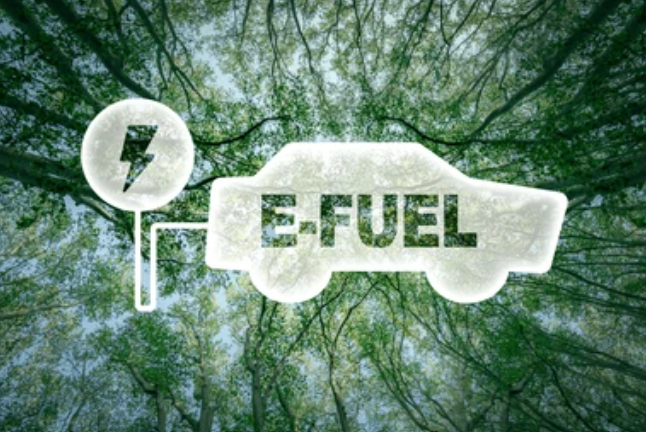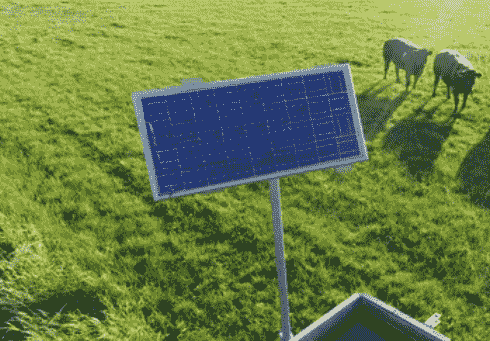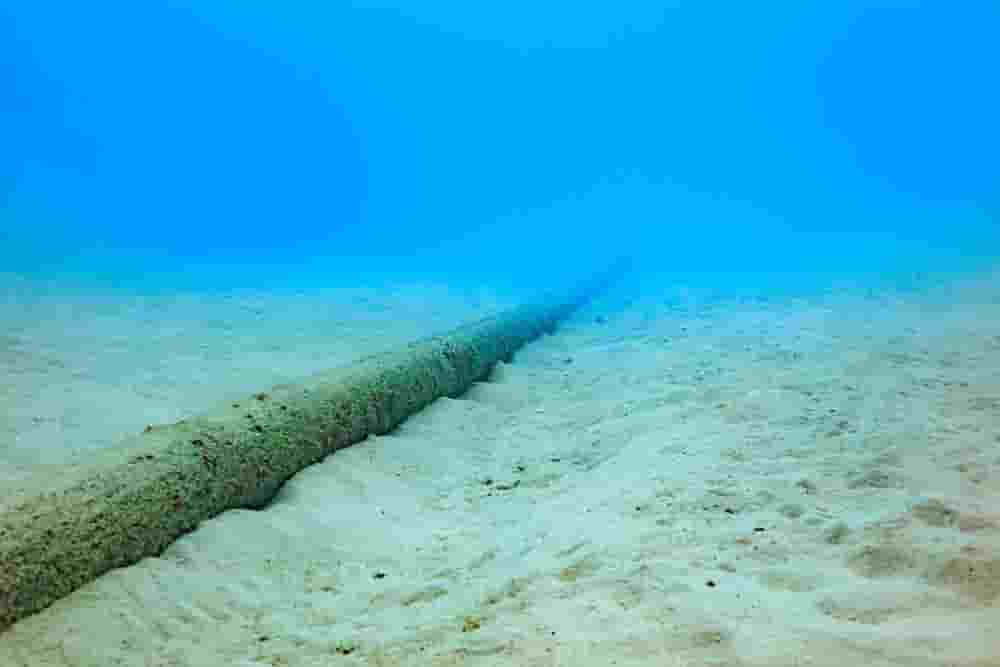As the global energy landscape shifts toward sustainability, floating solar PV has emerged as a viable and innovative solution to the challenges of land scarcity and renewable energy deployment. These systems, installed on reservoirs, lakes, and nearshore coastal waters, offer significant advantages — reduced water evaporation, improved panel efficiency due to cooling, and optimal land use. However, climate change is beginning to reshape the operational dynamics of floating solar, particularly in one crucial area: mooring and anchoring.
The Growing Relevance of Mooring and Anchoring in Floating Solar
At the heart of every floating solar system lies its mooring and anchoring system, responsible for maintaining the stability and positioning of the array. These systems endure constant exposure to environmental forces such as wind, waves, currents, and fluctuating water levels. Traditionally, they are designed based on expected site conditions over a 20–25 year lifespan.
But with climate change accelerating and weather patterns becoming more erratic, historical environmental data is no longer sufficient. Extreme weather events, rising water levels, and increased wave activity are putting unprecedented stress on mooring and anchoring systems, pushing the need for innovation, resilience, and adaptive design.
How Climate Change Is Disrupting Design Norms
1. Increased Frequency of Storms and Extreme Weather
Floating solar projects must now withstand stronger storms, unexpected typhoons, and hurricanes in regions previously considered safe. For instance, in 2019, a floating solar array in Japan was severely damaged due to typhoon-induced waves. The mooring and anchoring system failed under the pressure, leading to panels colliding and catching fire.
This highlights the need for robust mooring systems that can handle both vertical and horizontal loads without structural compromise. Engineers must now incorporate future climate scenarios and extreme weather simulations in their designs, not just past weather records.
2. Rising Water Levels and Variability
Reservoirs, lakes, and inland water bodies are experiencing changing water levels due to altered precipitation patterns and glacier melt. A poorly designed mooring and anchoring system may struggle to accommodate this variability, resulting in misalignment, structural tension, or damage to underwater cables.
To combat this, floating solar designers are adopting flexible mooring systems with dynamic tension capabilities that adjust based on water level shifts. This ensures that the floating structure maintains optimal performance and remains secure regardless of hydrological changes.
3. Stronger Currents and Wave Forces
With climate change comes increased wind velocity and altered hydrodynamic conditions, which intensify currents and wave action. These changes translate into more lateral and vertical movement, putting higher mechanical stress on anchors and mooring lines.
The mooring and anchoring systems must be recalibrated for increased drag forces. Using hydrodynamic modeling, engineers can predict how floating structures will behave in more turbulent waters and reinforce anchor points accordingly, including the use of helical or drag embedment anchors for deeper or softer seabeds.
Innovations in Mooring and Anchoring for Climate Resilience
To address these evolving challenges, the floating solar industry is investing in R&D to develop climate-resilient mooring and anchoring solutions. Some of the latest trends include:
- Hybrid anchoring systems that combine multiple types of anchors (e.g., deadweight and helical) for greater reliability.
- Tension-leg mooring systems that restrict vertical movement and minimize tilting during storm surges.
- Smart monitoring technologies embedded in mooring lines that provide real-time data on tension, stress, and structural health.
- Corrosion-resistant and flexible materials, such as high-density polyethylene ropes and marine-grade steel chains, to extend lifespan and withstand aggressive environments.
These technologies are not only improving safety but also reducing long-term maintenance costs — a win-win for investors and developers.
Case Studies: Lessons from the Field
In Portugal, the Alqueva floating solar plant, Europe’s largest on a hydroelectric reservoir, has integrated an adaptive mooring and anchoring system designed to cope with significant seasonal water level changes. The project stands as a testament to proactive design, anticipating long-term hydrological impacts of climate change.
In Southeast Asia, where monsoon seasons are becoming more unpredictable, several projects have begun retrofitting their anchoring systems after experiencing minor shifts and misalignment due to heavier-than-expected rains.
These real-world applications showcase the importance of site-specific, climate-informed engineering strategies in floating solar PV development.
The Road Ahead: Building Resilience
As climate change continues to redefine environmental parameters, floating solar developers, engineers, and regulators must prioritize resilient infrastructure. Site selection must consider future climate projections, not just current conditions. Anchoring systems should be adaptable, over-engineered for peak loads, and paired with active monitoring.
Regulatory frameworks also need updating to include new design codes that reflect climate resilience in mooring and anchoring standards. Governments and international bodies can play a pivotal role by funding climate-resilient energy infrastructure and incentivizing innovation in this space.
Conclusion
Floating solar PV holds enormous promise for the clean energy transition, but its success hinges on robust and future-proofed support systems. As climate change reshapes environmental norms, the design and implementation of mooring and anchoring systems must evolve to ensure safety, performance, and longevity.
By embracing smarter, more adaptable anchoring solutions, the industry can ensure that floating solar remains not just afloat — but thriving — in the face of a changing climate.


